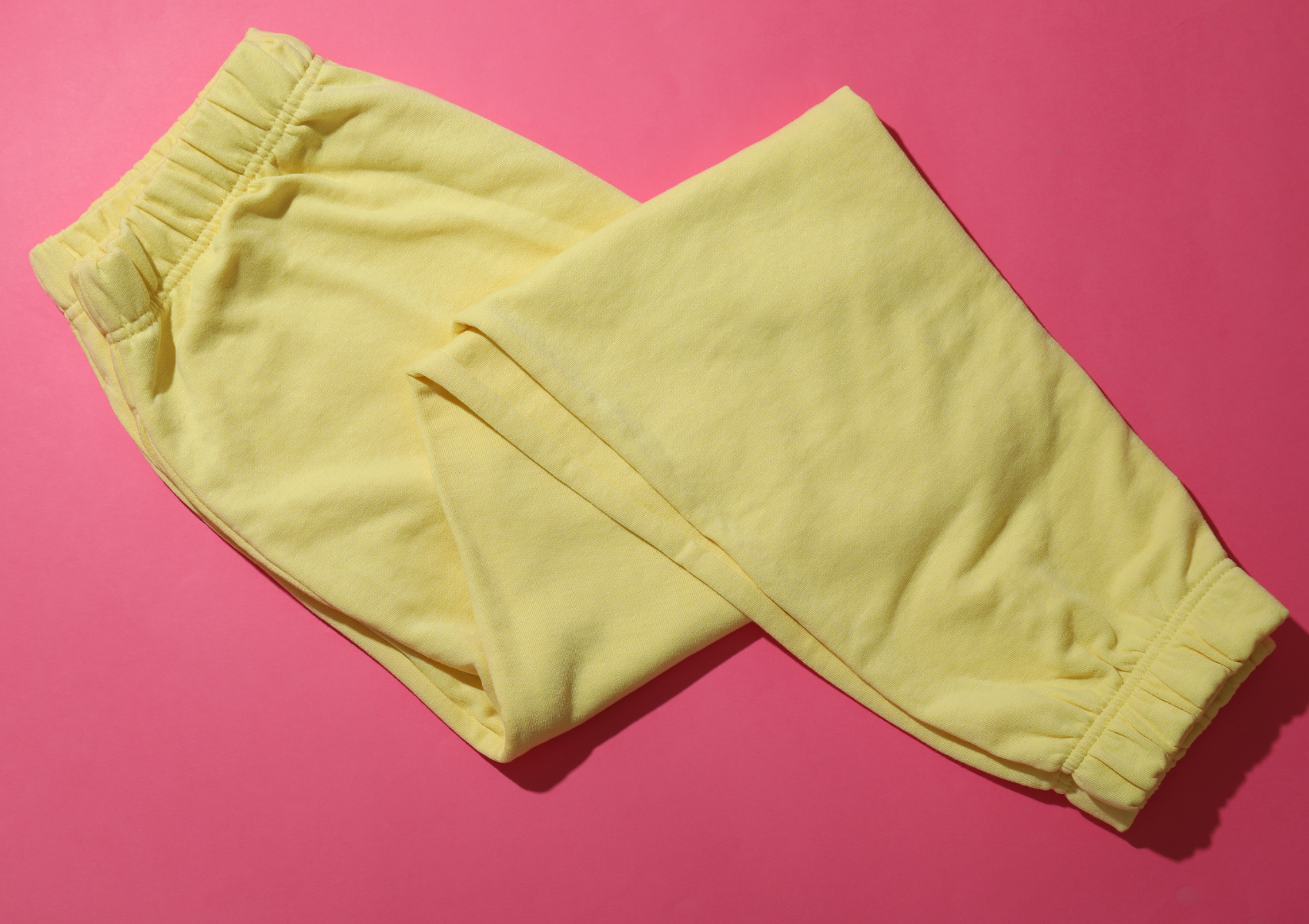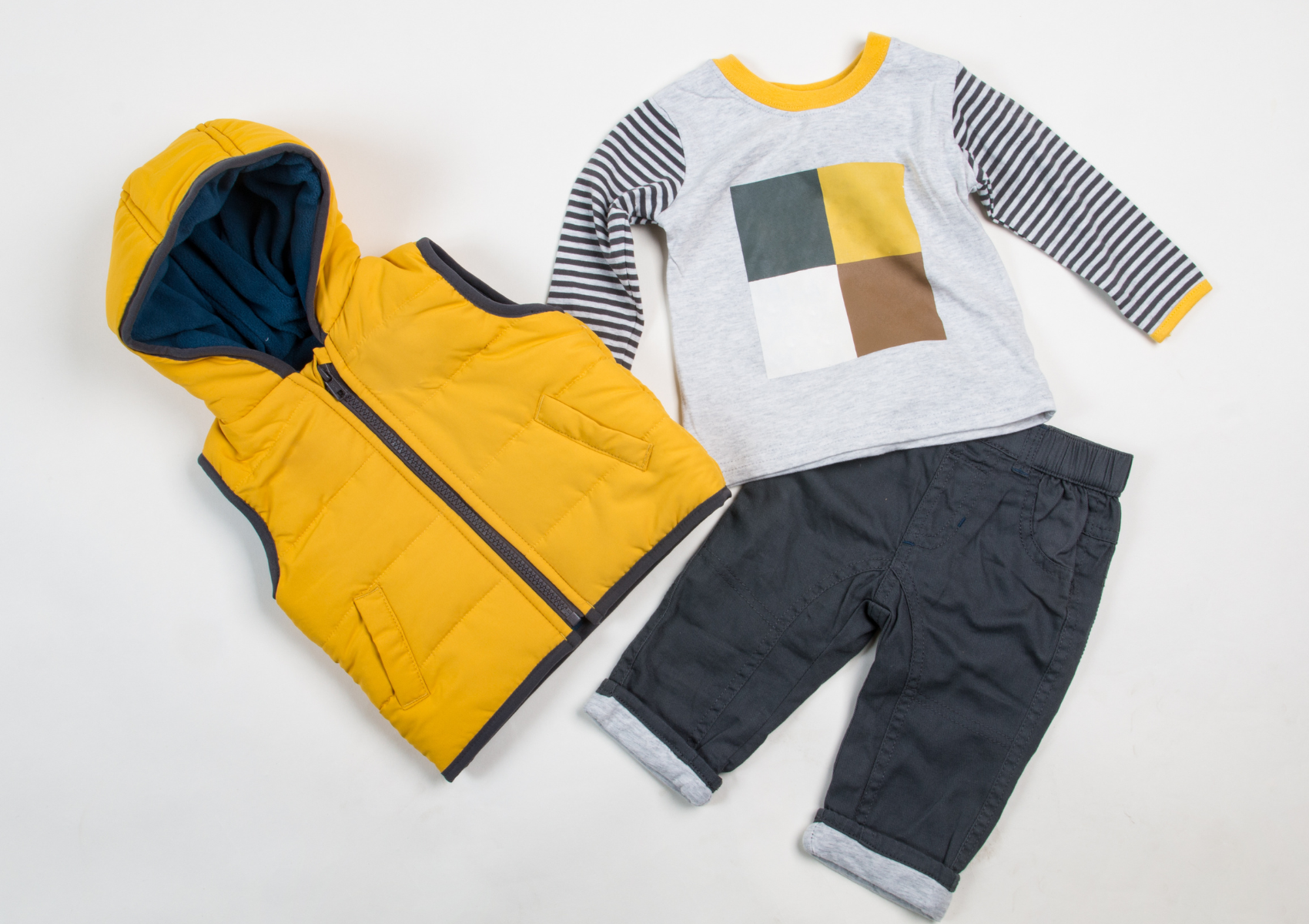Fabric Choice
The choice of fabric forms the foundation of sensory-friendly clothing. Opt for materials that prioritize comfort, such as:
- Cotton: Soft and breathable, ideal for reducing irritation.
- Bamboo: Known for its smooth texture and hypoallergenic properties.
- Jersey Knit: Stretchy and soft, providing flexibility and comfort.
- Sensory-Friendly Blends: Fabrics specifically designed to cater to sensory needs, often combining softness, breathability, and stretch.
Avoid fabrics that might cause discomfort, such as those with rough textures or stiffness, which can trigger sensory overload.
Seam Placement
Seam placement significantly impacts comfort. Seek out clothing with:
- Flat Seams: These are less likely to cause irritation or rubbing against the skin.
- Minimal Seams: Fewer seams mean reduced chances of discomfort, especially for individuals sensitive to tactile sensations.
- Inside-Out Seams: Some find that wearing clothing with seams on the outside reduces skin irritation.
By prioritizing these seam types, you can minimize potential sources of discomfort for the wearer.
Tagless Design
Tags are a common source of irritation for many individuals. Look for:
- Tagless Clothing: Items without tags or labels to eliminate potential scratching or discomfort.
- Careful Tag Removal: If tags are present, remove them meticulously to prevent any lingering irritations.
Removing tags or opting for tagless clothing ensures that there are no abrasive elements causing discomfort.
Closure Options
Consider closures that enhance ease of wear for individuals with sensory sensitivities:
- Hook-and-Loop Closures (Velcro): These provide simple and quick fastening, aiding in hassle-free dressing and undressing.
- Magnetic Closures: Easy to manage for those who struggle with traditional closures like buttons or snaps.
- Elastic and Adjustable Waistbands: Offer flexibility and comfort, accommodating changes in body shape and providing a snug fit without constriction.
These closure options simplify the dressing process, promoting independence and comfort for the wearer.

Avoid Tightness
Prioritize loose-fitting clothing to prevent constriction and discomfort. Tight or restrictive clothing can exacerbate sensory issues and cause unease throughout the day. Comfortable, relaxed fits allow for freedom of movement and reduce the likelihood of sensory overload.
Sensory-Friendly Accessories
Pay attention to accessory details to ensure overall comfort:
- Non-Metallic Accessories: Choose plastic zippers or snaps to avoid temperature-related discomfort, as metal elements can get too hot or cold.
- Minimal Decorative Elements: Select clothing without scratchy embellishments that might cause irritation.
By eliminating potentially irritating accessories, you create a more comfortable clothing experience.
Simple Designs and Patterns
Opt for simplicity in designs and patterns:
- Solid Colors or Non-Distracting Patterns: These are less overwhelming for individuals with sensory sensitivities.
- Avoid Overly Busy Designs: Intricate or busy patterns can be visually overwhelming and potentially cause sensory overload.
Simple designs provide a visually calming experience for the wearer.
Layering Options
Encourage layering with clothing options that provide flexibility:
- Multiple Pieces that Layer Well: Enable individuals to adjust their clothing according to temperature changes or sensory needs.
- Lightweight Layers: Provide warmth without adding unnecessary bulk or weight.
Layering offers versatility in adapting to varying sensory requirements throughout the day.
Pre-Washing
Wash new clothing before wear:
- Softening Fabric: Washing helps soften the fabric, making it more comfortable against the skin.
- Removing Residual Chemicals: Eliminates any potential irritants or chemicals from manufacturing processes.
Pre-washing ensures the clothing is as comfortable as possible from the first wear.

Communication and Involvement
Involve the individual in the clothing selection process:
- Understanding Specific Preferences: Their insights can guide choices regarding fabrics, closures, and overall comfort.
- Feedback from Caregivers or Individuals: Gather valuable information about what works best for them.
Open communication ensures that clothing choices align with the wearer's specific sensory needs.
Customization and Adaptation
Don't hesitate to modify existing clothing:
- Replacing Uncomfortable Elements: For instance, replacing scratchy collars or tags with softer materials.
- Sewing in Additional Linings or Padding: Enhances comfort by reducing potential points of irritation.
Customizing clothing allows for a tailored approach to individual sensory preferences.
Multi-Sensory Considerations
Consider all sensory aspects when selecting clothing:
- Texture, Appearance, and Sound: Evaluate how the clothing feels against the skin, how it looks, and even the sound it makes when worn.
- Holistic Approach to Comfort: Assess clothing not only for tactile comfort but also for visual and auditory comfort.
Considering multiple sensory factors ensures a well-rounded approach to comfort and sensory satisfaction.
Trial and Feedback
Remain open to trying different options:
- Feedback from the Wearer: Solicit feedback from the individual wearing the clothing to understand their comfort levels and preferences.
- Adaptation Based on Responses: Make adjustments based on the wearer's feedback to continually improve comfort.
Continuous feedback and adaptation are crucial in refining clothing choices for optimal sensory comfort.

Creating or selecting sensory-friendly clothing is an important step in improving the comfort and well-being of individuals with sensory sensitivities. By considering factors like fabric choice, seam placement, closures, and customization, you can help individuals feel more comfortable and confident in their clothing choices. Remember, sensory sensitivities vary widely, so patience and flexibility are key when it comes to finding the perfect sensory-friendly clothing solutions.
©2023 Therapy Shoppe® Incorporated. All rights reserved.
More articles you might enjoy:
Creating a Sensory Haven: Must-Haves for an Effective Sensory Room
Fun in the Kitchen: Cooking Activities for Kids and their OT Benefits
Understanding the Wilbarger Protocol: A Sensory Integration Technique
Supporting Siblings of Children with Sensory Needs
The Benefits of Weighted Blankets for Kids with Special Needs and Safe Usage Tips
Understanding Sensory Meltdowns and Helpful Coping Strategies

